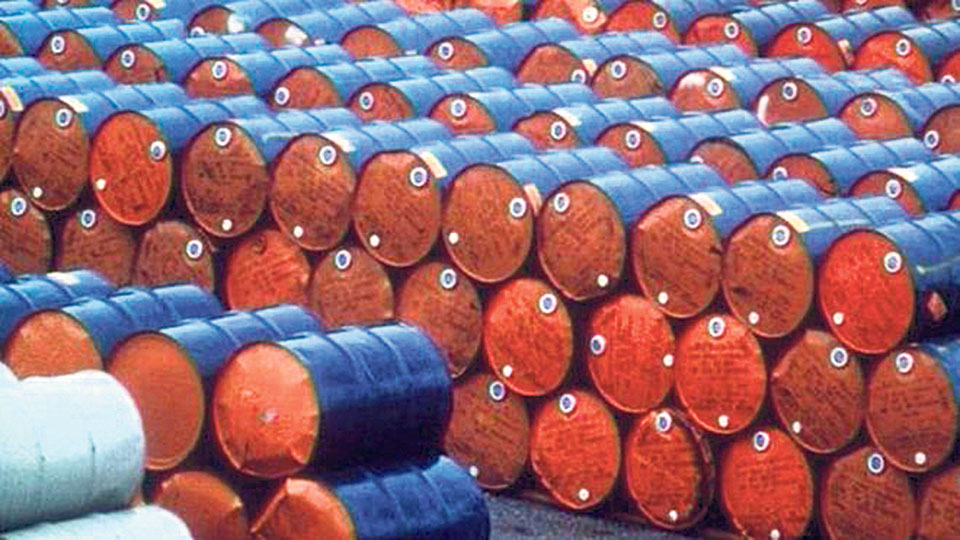
As I struggled past the busy streets of Kathmandu in my electric scooter, I got stopped by the newly-installed traffic light that indicated red. Right beside me was a big petrol tanker, inside which a few key rings were rattling on the rhythm of the engine’s vibration. My 12-year-old brother who was sitting behind me and keenly observing the Spiderman key ring exclaimed, ”It’s non-renewable, my science teacher says so!”
“What?” I asked.
“The oil, it’s non-renewable,” he replied, to which I smiled contemplating the big words that fitted in his limited store of vocabulary.
“If this is to end one day, then what will the last barrel of oil cost?” he asked.
The light turned green before I could respond, and we pulled away. His remark, however, triggered in me the bigger side of this question—not “how much”, but “what” will the last barrel of oil cost?
On December 12, 2015, representatives from 195 countries, including Nepal, signed a historic pact in Paris to address and mitigate the impacts of climate change, adopt green energy sources, curb the emissions of Greenhouse Gases (GHGs) and eventually limit the rise of global temperature. This accord sets a target of keeping the global average temperature from rising by 2°C (compared to temperatures in pre-industrial level) by the end of the century and states that to accomplish this goal, all countries should realize that they have a “common but differentiated responsibility” towards environmental protection.
The Paris Agreement has set standards for nations to implement these policies in national levels. However, the greater goals of this agreement cannot be achieved when the government is still funding trillions of rupees for the import of petroleum products (97.03 Billion Rupees in the fiscal year 2015/16 and around 1.64 Trillion Rupees in the fiscal year 2016/17). The National Oil Corporation (NOC)’s data reveals that the figures of petrol, diesel, kerosene, and aviation turbine fuel imports have doubled since the FY 2015/16; right after Nepal had ratified the Paris Agreement. The annual import of petrol alone increased from 240,386 KL in FY 2015/16 to 407,270 KL in FY 2016/17.
Likewise, the government is also turning a blind eye on the soaring energy consumption pattern of industrial, agricultural and transportation sectors, which rely heavily on imported fossil fuels that contribute largely to the emission of greenhouse gases. In this regard, Nepal seems to be fairly weak in adhering to the commitments it has made through its agreed INDC to discourage fossil fuel consumption and bring forth projects that present renewable energy as the successor to the existing energy sources.
In the context of Nepal, one of the immediate pitfalls of the import of fossil fuel products includes over dependency to this form of energy which will not just result into economic deficit to the country, but will also limit its ability to invest in alternative energy sources like hydropower, which is the most viable clean energy for our country. As a countermeasure, Nepal needs to immediately reduce its investment in the import and use of fossil fuel products in adherence to its commitment to the Paris Agreement.
However, it is not just the monetary aspect of the last barrel of oil that should concern us, but the countless other prices we have to pay along the way, should we come to that.


Leave A Comment